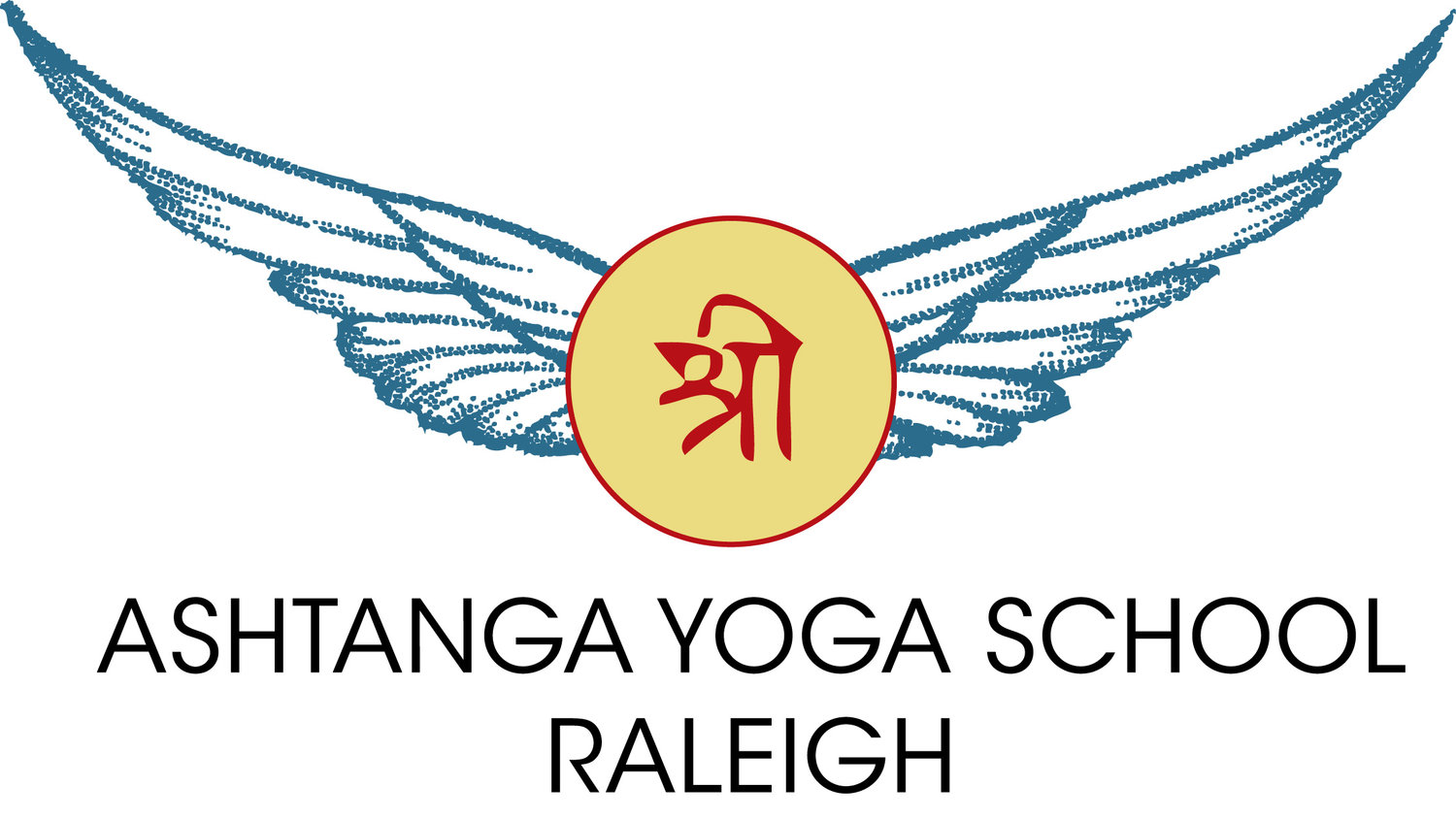Work. Keep digging your well.
Don't think about getting off from work.
Water is there somewhere.
Submit to daily practice.
Your loyalty to that
Is a ring at the door.
Keep knocking, and the joy inside
Will eventually open a window
and look out to see who's there.
~Rumi
For Pattabhi Jois, the third and fourth limbs of yoga were not stages of yoga that the student passes through on the way to the further limbs. To him, the third and fourth limbs were the necessary, permanent foundation of the practice that needed to be reinforced on a life long daily basis. In mastering limbs three and four, the student masters all the limbs. To any question concerning other limbs of yoga, Pattabhi Jois would invariably urge students to take serious practice of asana and pranayama and then those types of questions would answer themselves ~From an article by David Garrigues featured on Elephant Journal
Ashtanga (Vinyasa) Yoga is Patanjali yoga, ~Sri K Pattabhi Jois
Ashtanga yoga is the study of the 8 limbs of yoga described in Patanjali’s Yoga Sutras: Yama, Niyama, Asana, Pranayama, Pratyahara (withdrawal of senses), Dharana (concentration), Dhyana (meditation), Samadhi. The Sanskrit word Ashtanga translates to Eight (Ashtau) Limbs (Anga).
So the goal, or end game is Samadhi - Ecstasy, peace, divine connection with self and all others, enlightenment, and the steps to get there are all laid out for us in the 8 limbs, each one leading or preparing us for the next...why didn’t Pattabhi Jois start with the first limb then?
Well, for one thing, Ashtanga yoga is meant to be a “householder practice”, meaning it is meant to be practiced by regular folks, who have jobs and families, and worldly pursuits. When Krishnamacharya’s teacher, Brahmachari, encouraged him to take a wife and raise a family and teach yoga to other householders, including women, he and Jois developed this concentrated approach to yoga practice (sadhana), meant to keep the body strong and mind/spirit peaceful so that the yogi could attend to all their householder duties (job, family, etc).
Jois felt that starting with the Asanas was best, as once the body began to become strong, and the practice began to purify the nervous system and calm the mind, the first two limbs would begin to fall into place.
The first two limbs are:
Yamas - Ahimsa, satya, asteya, brahmacharya, aparigraha
Niyama - Saucha, santosha, tapas, swadyaya, ishwara pranidhana
Something magical happens with a regular daily physical practice of asana. As you begin to feel stronger, your mind becomes calmer and you find that you need less to feel happy and contented. So there is no need for harming yourself or others (ahimsa), lying (satya), stealing (asteya), seeking physical pleasure (brahmacharya), or craving material things (aparigraha).
You also find, once you commit and surrender to a daily practice, that it pays off on your mat when you keep yourself clean and organized and ready for practice each day (saucha), accept the results of your efforts without judgement (santosha), come to your mat regularly, even though you know it will not be easy (tapas), study yourself and your reactions, and maybe crack open an ancient yogic text (Svadyaya), and surrender to the process of knowing your true nature (ishwara pranidhana).
And so it goes...Asana practice begins the wheel spinning, begins the process of digging, leading us into our breath, our mind, and our true self.

